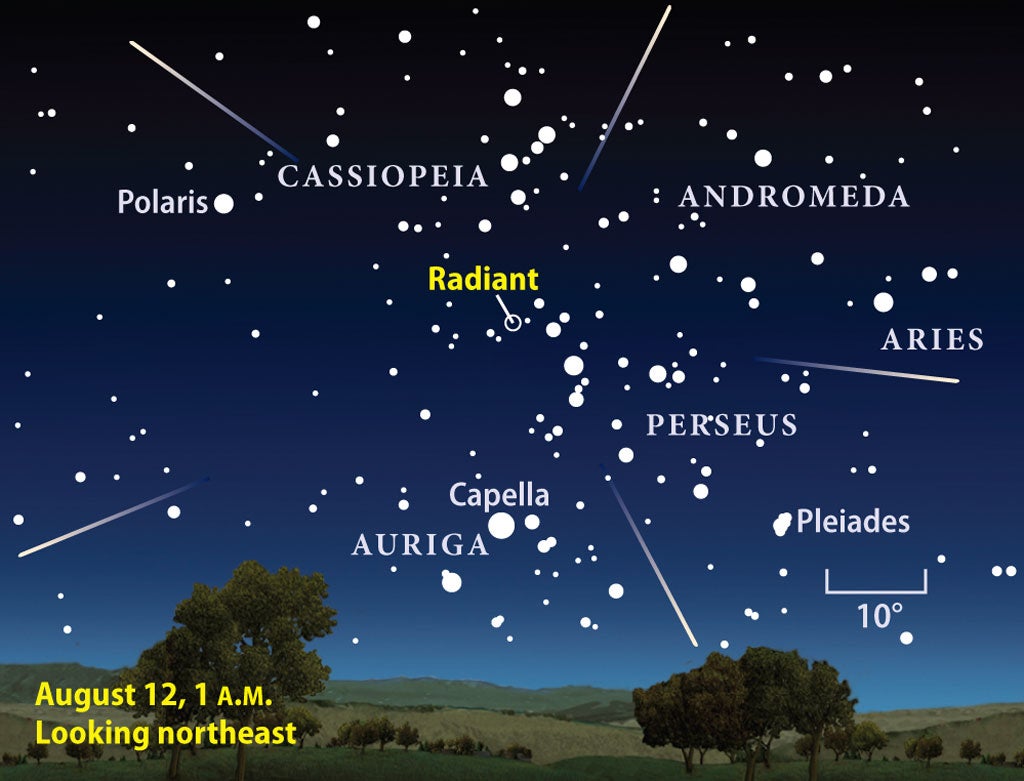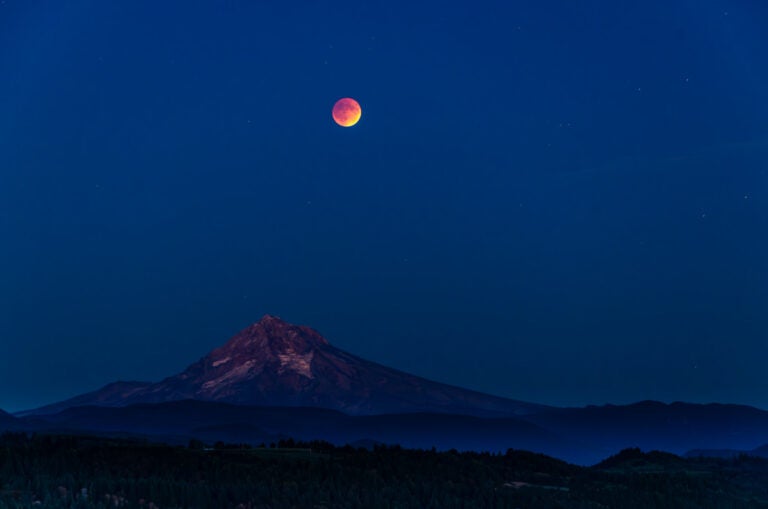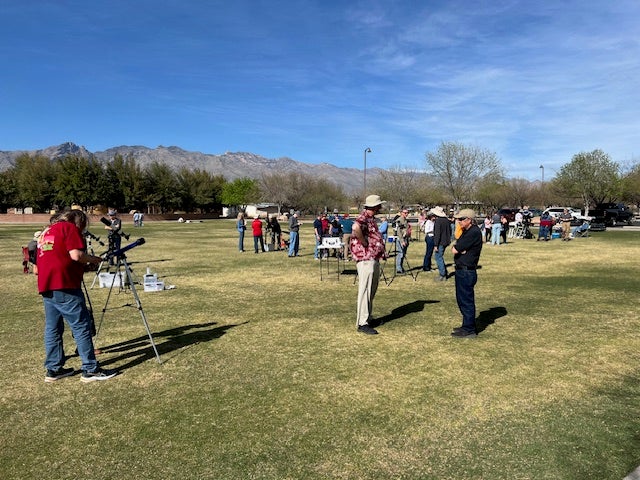
Expand your knowledge with these tools from Astronomy magazine
- Video: Easy-to-find objects in the 2012 summer sky, with Michael E. Bakich, senior editor
- Video: How to observe meteor showers, with Michael E. Bakich, senior editor
- StarDome: Locate the shower’s radiant in Perseus in your night sky with our interactive star chart.
- The Sky this Week: Get your Perseid meteor shower info from a daily digest of celestial events coming soon to a sky near you.
- Sign up for our free weekly e-mail newsletter.
If you ask most skygazers to name their favorite meteor shower, the odds are good that “Perseid” will be the first word out of their mouths. This annual shower seemingly has it all: It offers a consistently high rate of meteors year after year; it produces a higher percentage of bright ones than most other showers; it occurs in August when many people take summer vacation; and it happens at a time when nice weather and reasonable nighttime temperatures are common north of the equator. No other major shower can boast all four of these attributes.
And this year’s Perseid meteor shower promises two other significant advantages. First, it occurs when the Moon is at a waning crescent phase, which means bright moonlight won’t diminish the number of visible meteors. And second, the shower peaks on a Saturday night, August 11/12, so most people can afford to sleep in or at least relax the following day.
Senior Editor Michael Bakich of Astronomy magazine loves watching meteor showers, particularly spectacular ones like the Perseids. “It has to be one of the easiest, most relaxing forms of entertainment available to backyard skygazers,” he says. “There’s no need for a telescope because optical aid narrows your field of view, and you want to take in as much sky as possible. And best of all, you can observe the spectacle while lying down. Who could ask for more?”
The Perseids begin as tiny specks of dust that hit Earth’s atmosphere at 37 miles per second (59 km/s), vaporizing from friction with the air and leaving behind the streaks of light we call meteors. The meteors appear to radiate from a spot on the border between the constellations Cassiopeia and Perseus (the latter gives its name to the shower). This so-called radiant lies about one-third of the way from the northeastern horizon to the zenith (the overhead point) around midnight local daylight time and climbs higher as dawn approaches.
The crescent Moon, which rises shortly after 1 a.m., won’t have much impact because the shower consistently produces lots of bright meteors. Observers under clear dark skies likely will see 60 to 80 meteors per hour — an average of at least one per minute — in the hour or two before twilight starts to break shortly after 4 a.m. local daylight time. By then, the brilliant planets Venus and Jupiter will add to one of the finest predawn shows of 2012.
Fast facts:
- The dust particles that create Perseid meteors were born in the comet known as 109P/Swift-Tuttle. This object orbits the Sun once every 130 years; it last returned to the inner solar system in 1992.
- Although 37 miles per second (59 km/s) may seem fast, Perseid meteors are not the quickest among annual showers. The Leonids of November top the charts, hitting our atmosphere at 44 miles per second (71 km/s).
- Although most shower meteors meet their demise high in Earth’s atmosphere, at altitudes between 50 and 70 miles (85 and 115 kilometers), a few bigger particles survive to within 12 miles (20km) of the surface. These typically produce “fireballs” that glow as bright as or brighter than Venus.









